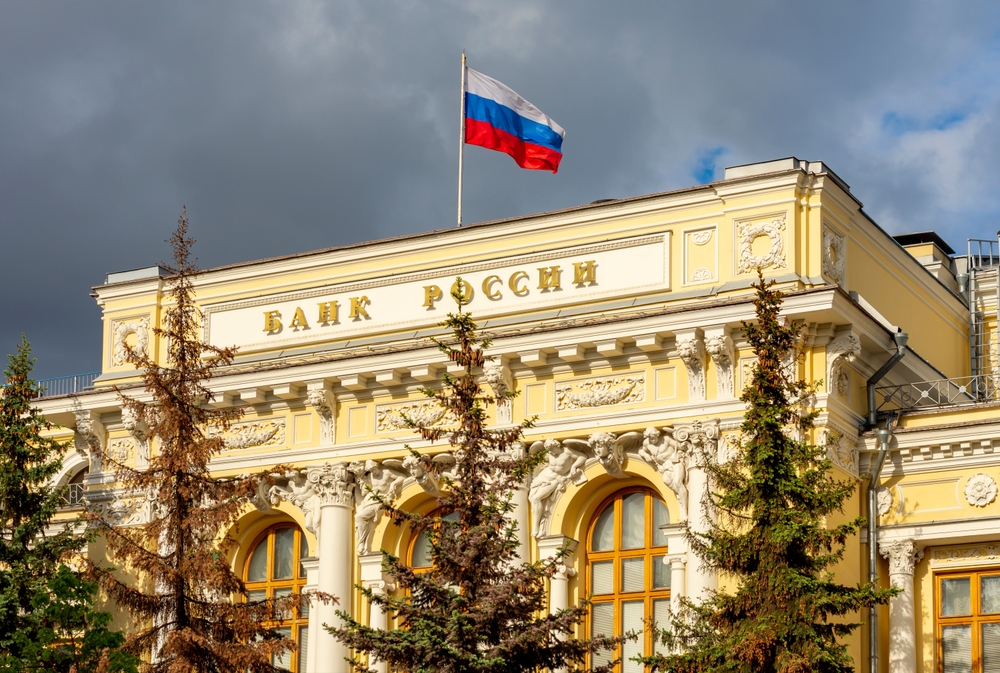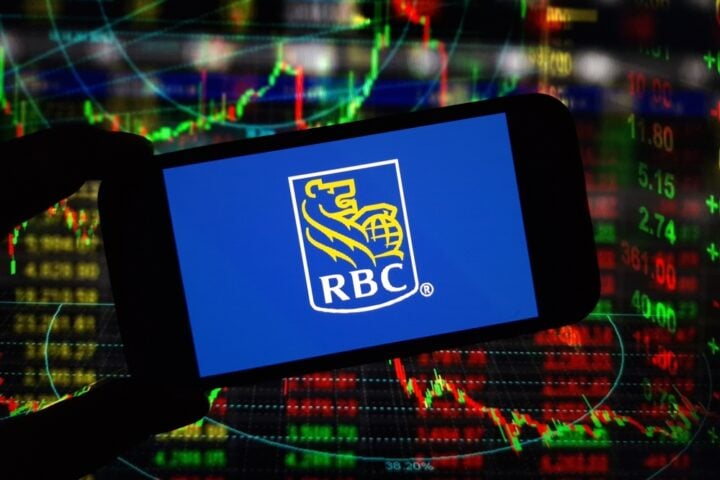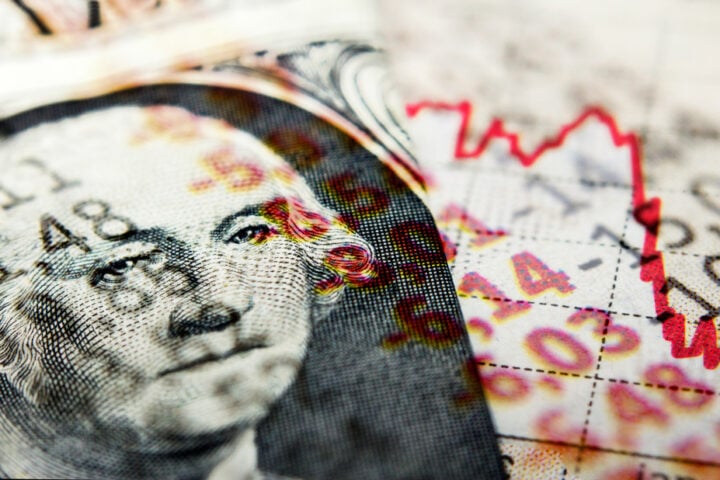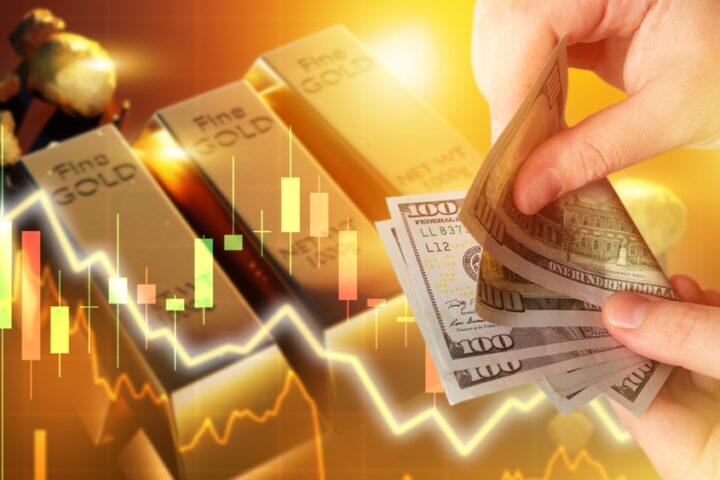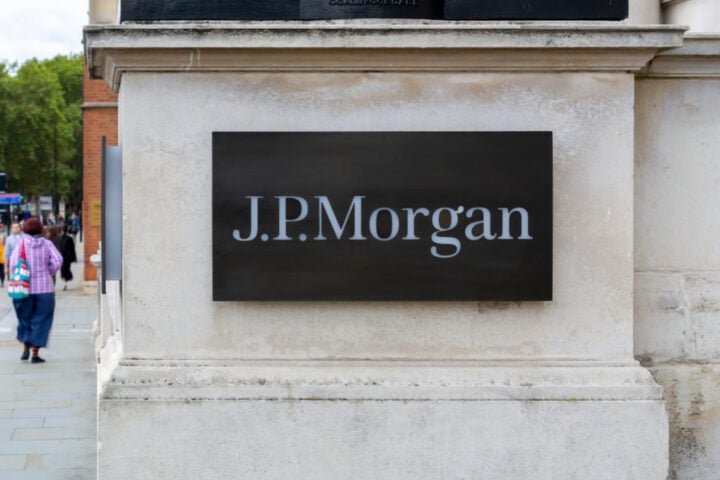Russia’s central bank recently announced plans to add silver to its reserves for the first time, a move that could significantly impact the global silver market. Known for holding gold, platinum, and palladium, Russia’s decision to expand its reserve holdings into silver marks a notable shift. This strategic acquisition could drive a substantial increase in silver prices over the coming months, particularly as global demand for the metal continues to outstrip supply.
Russia’s Central Bank Diversifies Precious Metal Holdings
For the past two decades, gold has been the dominant precious metal held by global central banks. Recent years, however, have seen Russia diversify its reserve holdings by adding platinum and palladium, two metals in which it holds a major global production stake. The move into silver represents a significant step for Russia’s central bank, one that may set a precedent for other nations to follow.
Russia is the world’s eighth-largest silver producer, with an output of 38.5 million ounces last year. Although the value of its silver industry pales in comparison to that of gold, platinum, or palladium, the decision to acquire silver could be a shrewd financial strategy. Historically, silver has lagged behind these other metals in terms of price growth, meaning it may currently offer a bargain for long-term investors. As of two weeks ago, Russia’s Draft Federal Budget revealed plans for the central bank to begin purchasing silver, alongside its continued acquisitions of gold, platinum, and palladium.
Global Silver Market Fundamentals and Supply Constraints
Silver is becoming increasingly valuable due to its wide array of industrial applications, including uses in photovoltaic cells, antibacterial products, and electrical conductivity technologies. As industrial demand surges, global silver supplies have struggled to keep pace. According to The Silver Institute, between 2022 and 2024, there will be a supply shortfall of 663 million ounces, with total silver supplies falling far below global demand of over 3 billion ounces.
This growing supply gap, coupled with Russia’s potential silver purchases, could fuel a sharp rise in silver prices. As more industrial sectors, including renewable energy, require large quantities of silver, the market for the metal is expected to tighten further in the coming years. If Russia proceeds with its plan to buy silver, it could exacerbate the supply-demand imbalance, driving prices higher.
Historical Context and Potential Profitability
Russia’s decision to add silver to its reserves isn’t unprecedented. Decades ago, countries such as the United States, India, and Mexico held silver as part of their central bank reserves. Although it fell out of favor in more recent years, silver is still regarded as a valuable financial asset by many governments and institutions.
If Russia successfully builds its silver reserves, the price of silver could see a significant increase. In fact, analysts predict that silver prices could rise by at least 50% within the next 24 months. This projection is based on historical price comparisons between silver and other precious metals. For example, in April 2011, the price of silver hit $48.59 per ounce, while gold and palladium also experienced sharp increases. Although gold and palladium have since outpaced silver in price growth, today’s silver prices could be viewed as a bargain compared to their historical highs.
Silver’s Strategic Importance in the Future
While silver may be less central to Russia’s economy than gold or platinum, the decision to acquire it as part of the central bank’s reserves could be highly strategic. Silver’s importance as both a financial asset and an industrial metal is on the rise, particularly as demand from sectors like solar energy continues to grow. Russia’s decision to invest in silver could lead to long-term profitability for its government, especially if silver prices surge in response to the global supply shortage.
If other nations follow Russia’s lead, it could lead to a new wave of silver acquisitions by central banks around the world, further tightening the market and driving prices even higher. As demand increases and supply struggles to keep pace, silver could become one of the most sought-after precious metals in the near future.
Russia’s central bank’s plan to add silver to its reserves signals a potential shift in the global precious metals market. With industrial demand for silver rising and supplies unable to meet that demand, Russia’s move could push silver prices up significantly in the coming years. If history is any indicator, the price of silver could jump by at least 50% over the next two years, making it a potentially lucrative investment for central banks and private investors alike.


